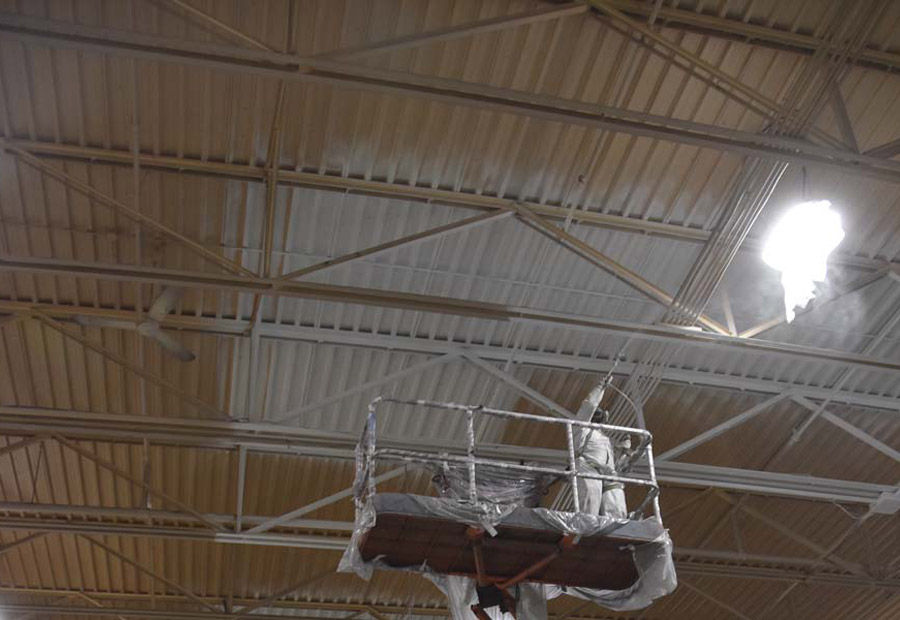Preventative Maintenance
Coating Solutions for Long-Term Performance.
Industrial Painting Preventative Maintenance Program
In painting terms, Preventative Maintenance refers to a set of proactive measures and routine tasks that are performed to prevent or minimize the deterioration, damage, or wear and tear of coated surfaces and the underlying structures.
The goal of Preventative Maintenance is to extend the life and quality of a coating job, whether it’s on walls, ceilings, exterior surfaces, or any other painted elements.
Preventative Maintenance Essentials
Cleaning
Regular cleaning removes dirt, dust, grime, and airborne contaminants that can break down protective coatings.
Keeping surfaces clean helps maintain durability and appearance over time.
Inspections
Frequent inspections help catch early signs of wear, peeling, or damage.
Addressing small issues early prevents costly repairs and keeps your facility running smoothly.

Protective Repairs & Sealing
Repairs
Fixing cracks, chips, or coating flaws early helps stop deterioration in its tracks.
Timely repairs also block water intrusion, especially important for exterior surfaces exposed to the elements.
Sealing & Caulking
Maintaining seals at joints, gaps, and seams keeps moisture out.
Proper caulking prevents peeling, blistering, corrosion, and rot—extending the life of the entire coating system.

Touch-Ups & Exterior Cleaning
Touch-Up Painting
Covering scratches and blemishes early keeps surfaces looking sharp and prevents small imperfections from spreading.
Power Washing
Routine power washing clears away grime, mold, and mildew from exteriors—helping coatings last longer and perform better.

Environmental Resistance
UV Protection
UV-resistant coatings defend against sun damage, preserving colour, finish, and surface strength over time.
Humidity & Temperature Control
Controlling indoor climate helps prevent cracking, peeling, and other damage caused by humidity and temperature swings.

Conclusion
Preventative Maintenance is essential in industrial and commercial settings to protect and extend the life of coated surfaces, saving time and money in the long run by reducing the need for more extensive and costly repairs or complete repaints.
